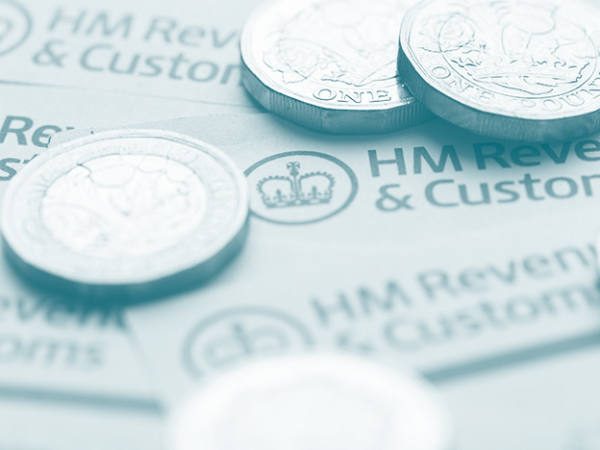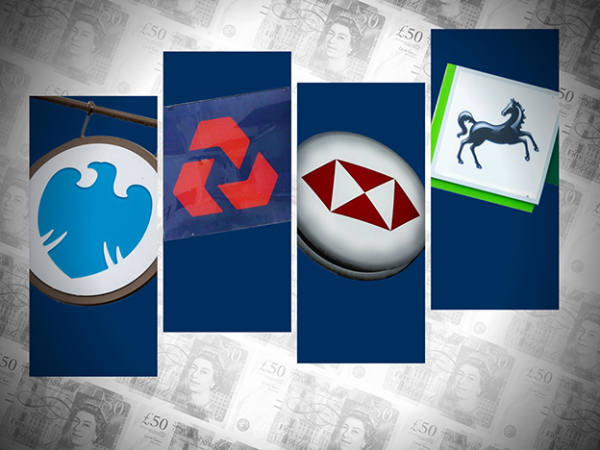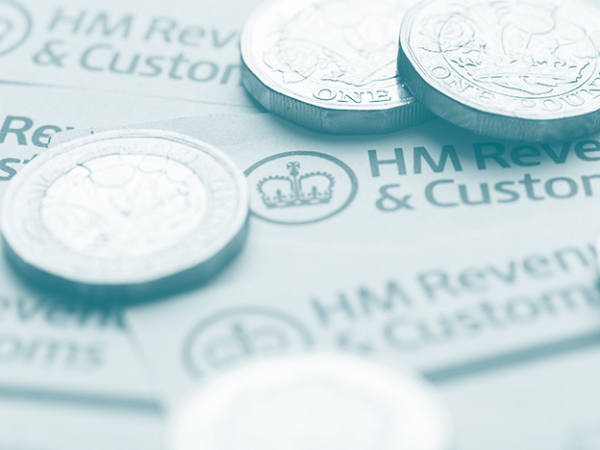I am a serving member of the armed forces. I retired from regular service in 2018 and took an armed forces pension, which was calculated at 83.66 per cent of the lifetime allowance (LTA). The day after I left as a regular, I rejoined as a full-time reservist, and a new armed forces pension started accruing. I expect to retire in about 18 months’ time (after five years of reserve service), at which point I calculate that my second armed forces pension will account for the remaining 17 per cent of the LTA, although there is a chance it might take the total value of my pensions over it somewhat.
I also have a small private pension, which is considered paid up, but I have not taken it. The value of this pension fund is around £82,000. If I have calculated correctly, this fund will exceed the LTA (if I take it last) and be subject to charges.
My question is: do I have to find the cash myself and pay HM Revenue & Customs (HMRC) a lump sum out of any savings, or does the charge come out of the pension fund(s) that precipitate the charge?
I will not be managing the pension fund if it is an annuity or similar. I will only be able to pay HMRC a lump sum if I cash out the entire £82,000. If I take a pension from all these funds, and HMRC deems that I owe, say, £50,000 in excess LTA charges, there is no way that I will be able to pay that from the monthly pension payments that I will be drawing. But if it takes it from the fund before my takeaway pension is calculated, I will be relieved and it is not a concern to me. This concern is the main reason I have not taken my small private pension yet.
James Jones-Tinsley, self-invested pensions technical specialist at Barnett Waddingham, says:
The principal answer to your question – which will be of relief to you – is that any LTA excess tax charge arising is usually paid from the pension fund(s) that precipitate the charge, rather than from your own personal savings, or pensions in payment.
As you are aware with your (first) armed forces pension, the benefit amounts arising from a pension scheme are ‘tested’ against your prevailing LTA, at the point of payment. Pensions jargon describes this as a ‘benefit crystallisation event’ (BCE). If this BCE test means that an LTA charge arises, legislation states that the scheme member and the scheme administrator are “jointly and severally liable” to the LTA charge due on the excess amount.
This means that both the scheme administrator and the member are equally and separately liable to the whole LTA charge. Importantly, however, the payment of the charge by one of them will discharge the liability of the other. In most cases, therefore, the scheme administrator pays the LTA charge to HMRC on behalf of the member when a BCE takes place under their scheme.
The source of the funds used to pay the LTA charge is normally the member’s pension fund within the scheme. Once the scheme administrator has paid the correct amount of tax due to HMRC, this removes any further liability and concern for the scheme member.
It’s also worth remembering that, in principle, you are not compelled to draw your private pension fund on a specific date. Any ‘selected pension age’ that was chosen when you first took out the policy can, in theory, be overridden. However, it would be worth asking a financial adviser to review the type of pension plan that you have. This will ascertain if there are any valuable benefits linked to the plan, for example, a guaranteed annuity rate. And it will ascertain if there are any penalties for not drawing the pension at a pre-specified age, for example, if it is invested in a type of with-profits fund.
Under current legislation, when you reach age 75 another BCE test will be applied on any undrawn funds, which could also precipitate an LTA charge.
Obtaining financial advice ahead of drawing your second army pension and small private pension, will help you to ascertain the most appropriate order in which to take them. And, in the case of your private pension, it will help you to decide how you draw the funds, for example, an annuity, flexi-access drawdown or a full cash withdrawal. It may also help to minimise the size of any LTA charge.










